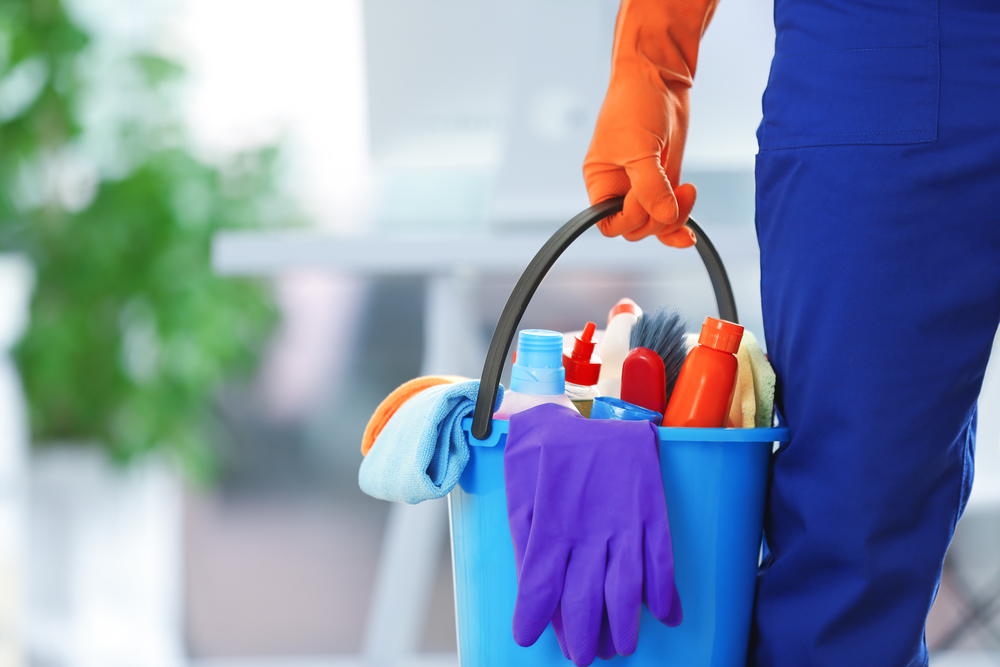Household cleaning is essential for hygiene and health, but combining certain products can create dangerous chemical reactions. Many people assume that mixing cleaners makes them more effective. In reality, it can create toxic gases, burn your skin, or damage surfaces in your home. Even common store-bought items can become harmful when combined. Understanding which combinations are unsafe is critical for anyone who cleans with chemicals. This guide explains the most dangerous cleaning product mixtures, the science behind their reactions, and how to clean safely without putting yourself at risk.
Bleach and Ammonia
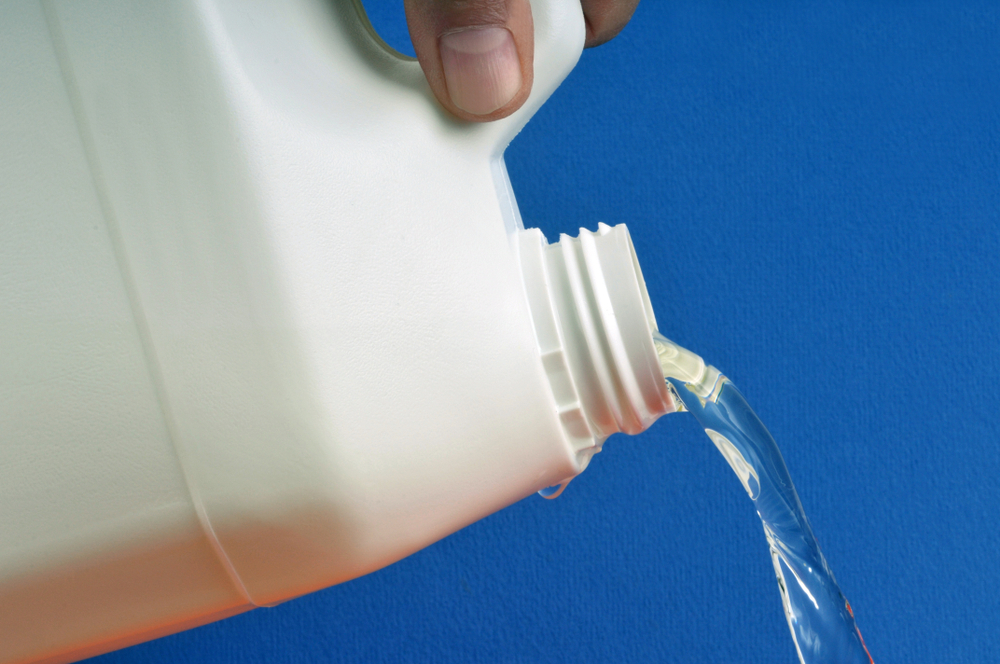
Mixing bleach and ammonia is one of the most dangerous mistakes people make during cleaning. When combined, these two substances produce chloramine gases. Chloramines form when sodium hypochlorite in bleach reacts with ammonia. These gases irritate the eyes, throat, and lungs and can lead to coughing, shortness of breath, and in extreme cases, respiratory damage or death. Exposure can be especially harmful in small, enclosed spaces like bathrooms. Ammonia is found in many glass and window cleaners, so always check labels before combining products. If you smell something similar to chlorine or burning plastic while cleaning, leave the area and ventilate immediately.
Bleach and Vinegar

Vinegar is a natural cleaning agent with acidic properties, while bleach is highly alkaline. When combined, they create chlorine gas. This reaction occurs because the acetic acid in vinegar releases chlorine from the sodium hypochlorite in bleach. Chlorine gas was once used as a chemical weapon and is highly toxic even at low levels. It can burn the lungs, damage mucus membranes, and cause watery eyes and coughing. Many DIY cleaning recipes suggest using both for disinfecting surfaces, but they must never be mixed. Instead, use one product, rinse the area thoroughly, and wait before applying the other.
Read More: 11 Mistakes You’re Making With Baking Soda When Cleaning
Bleach and Rubbing Alcohol
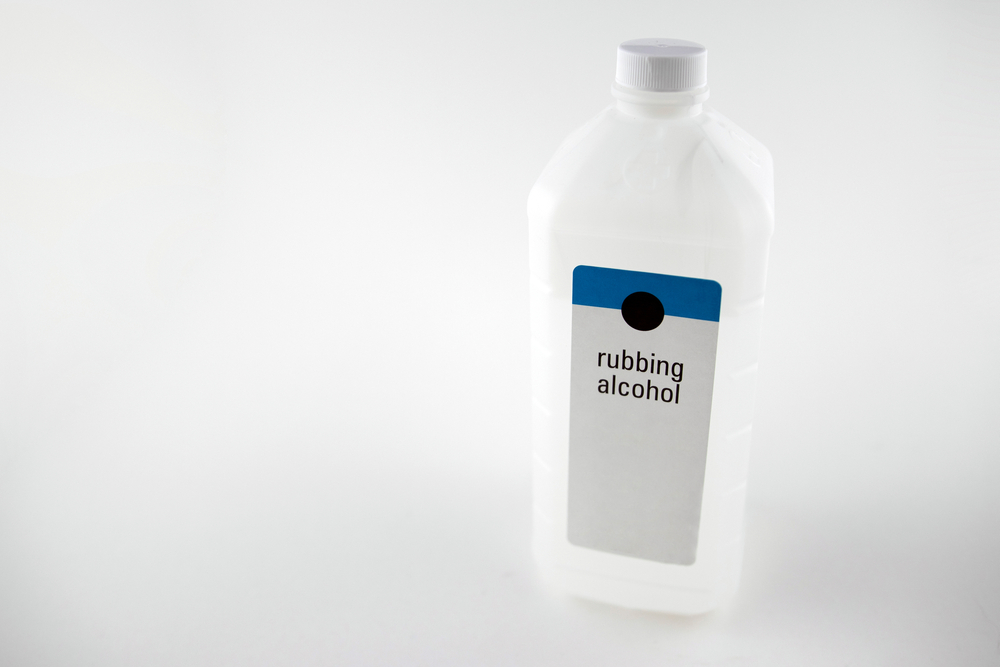
Mixing bleach with rubbing alcohol (isopropyl alcohol) produces chloroform and hydrochloric acid. Chloroform is a central nervous system depressant. High levels of exposure can cause dizziness, nausea, loss of consciousness, or even damage to internal organs. The hydrochloric acid component is corrosive and can cause burns to the eyes, skin, and respiratory tract. This combination is dangerous and should never be used, even in ventilated areas. Many people use rubbing alcohol to clean electronics or glass. If bleach has been used on the same surface earlier, wait and rinse thoroughly before applying alcohol-based cleaners.
Hydrogen Peroxide and Vinegar
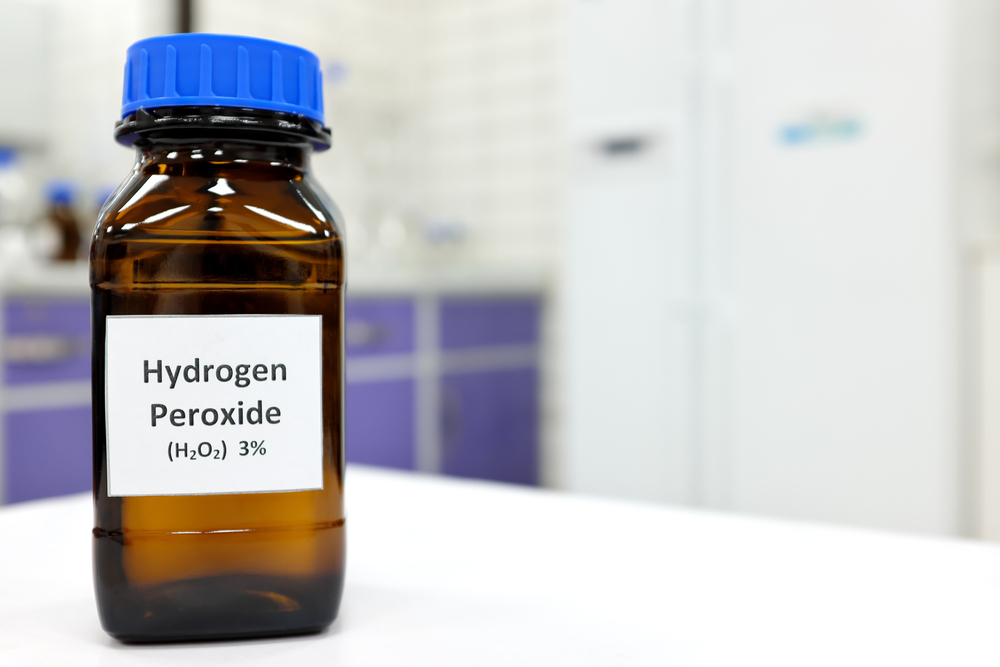
Hydrogen peroxide and vinegar are often recommended for non-toxic cleaning, but they should never be mixed in the same container. Together, they form peracetic acid. Peracetic acid is a strong oxidizing agent that can irritate the skin, eyes, and lungs. It is used as an industrial disinfectant but should not be created at home. The acid can corrode metal surfaces and damage household materials. If you want to use both for sanitizing, apply one at a time and rinse the surface thoroughly in between. Never store them mixed in a bottle or spray.
Different Brands of Drain Cleaners
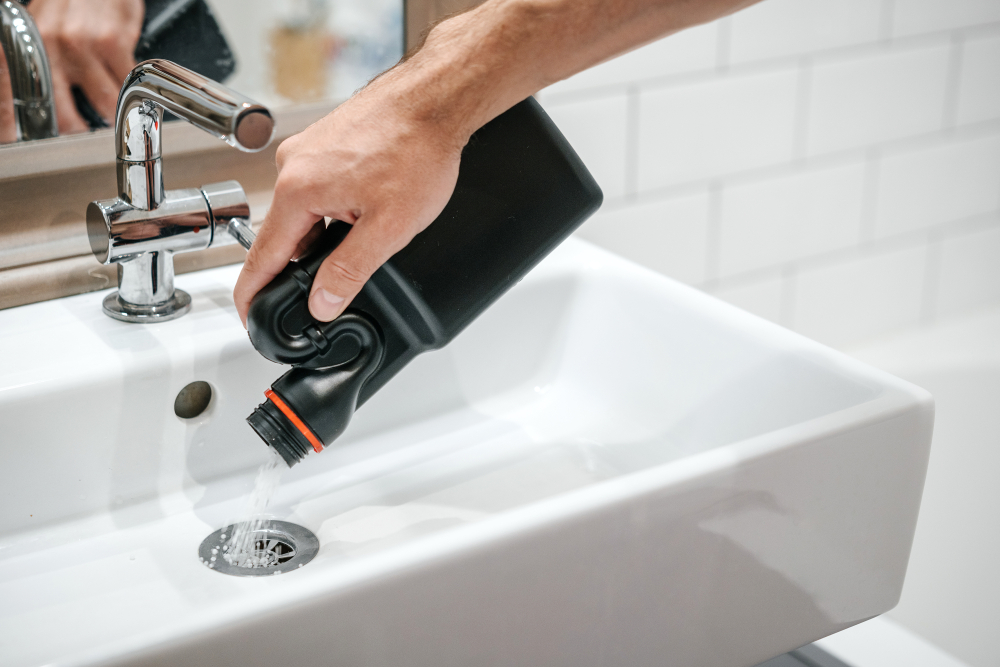
Drain cleaners are powerful chemical products designed to dissolve clogs and buildup. However, different brands use different active ingredients. Some contain bleach, while others use sulfuric acid or sodium hydroxide. Mixing them can result in violent reactions that release toxic fumes or cause the mixture to boil or explode. Even using one cleaner after another without flushing the drain thoroughly can cause dangerous chemical reactions. If the first drain cleaner does not work, do not pour a second one down the drain. Instead, try a mechanical method like a plunger or call a professional plumber.
Baking Soda and Vinegar in Sealed Containers
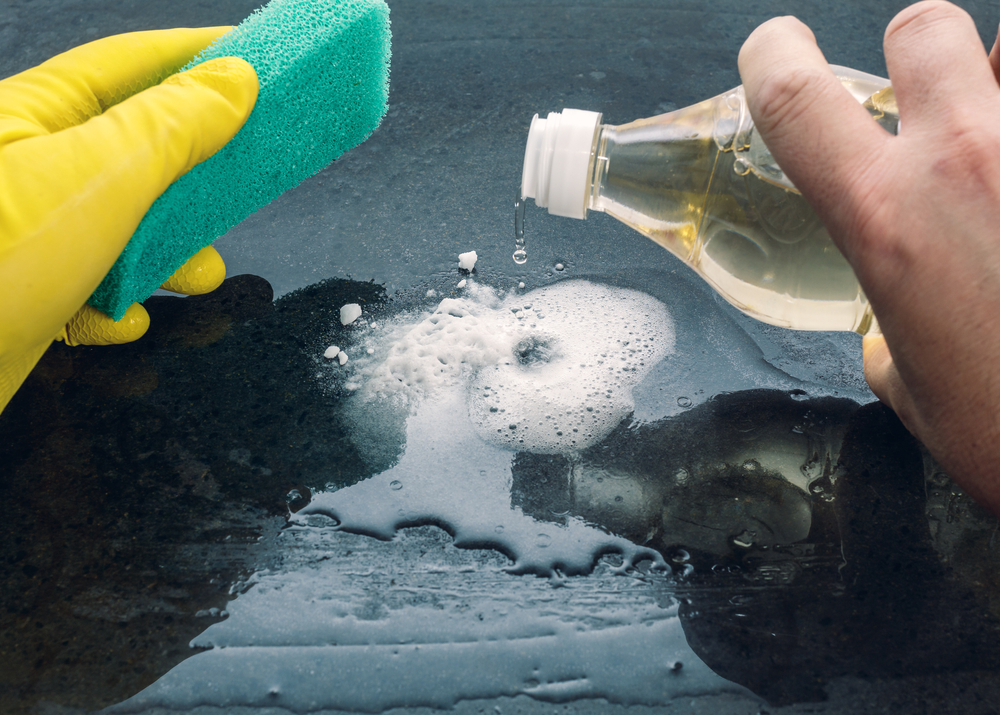
Baking soda and vinegar are safe on their own and often used together for cleaning. However, mixing them in a sealed container is a safety hazard. The acidic vinegar reacts with baking soda, a base, to produce carbon dioxide gas. This creates pressure that can build up rapidly in a closed container, causing it to burst. While the mixture itself is not toxic, the explosion can cause injury or a mess. Use these two ingredients for cleaning only in open areas, and never store the mixture in a sealed spray bottle or jar.
Toilet Bowl Cleaners and Bleach
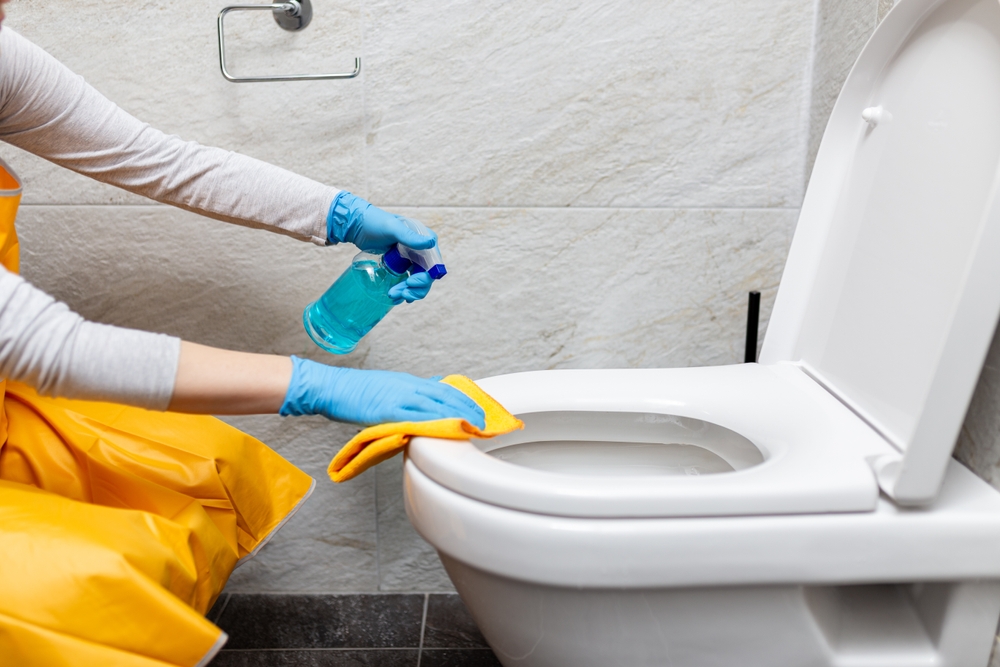
Some toilet bowl cleaners contain acids that should not be mixed with bleach. When bleach reacts with acid-based products, it releases chlorine gas. Many toilet cleaners use hydrochloric acid to dissolve stains and minerals. If combined with bleach, even in small amounts, the resulting fumes can be overwhelming. Always read the product label and avoid using multiple toilet cleaners at once. If you are switching from one type to another, flush the toilet completely and rinse before applying a new product.
Disinfectants and Detergents
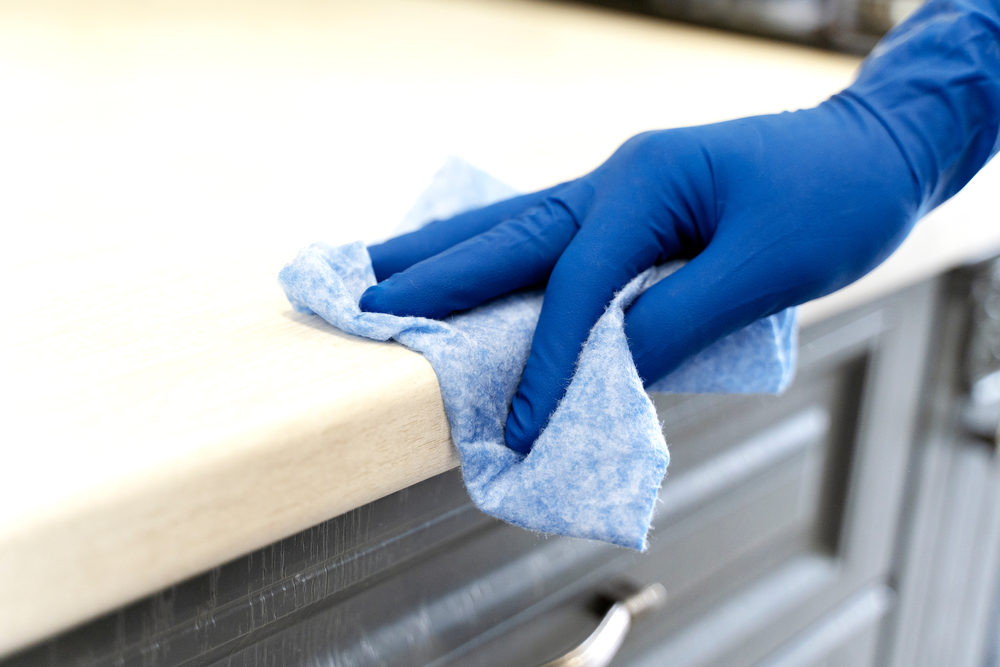
Disinfectants and detergents may seem harmless, but mixing them can reduce their effectiveness. Some surfactants in detergents interfere with the action of disinfectants like quaternary ammonium compounds. In some cases, the reaction can create residues that damage surfaces or irritate skin. These combinations are not toxic in the same way as bleach and ammonia, but they do not achieve better cleaning results and may leave unwanted films on countertops or floors. Use each product separately, and follow instructions for proper use and contact time.
Oxygen Cleaners and Acidic Products
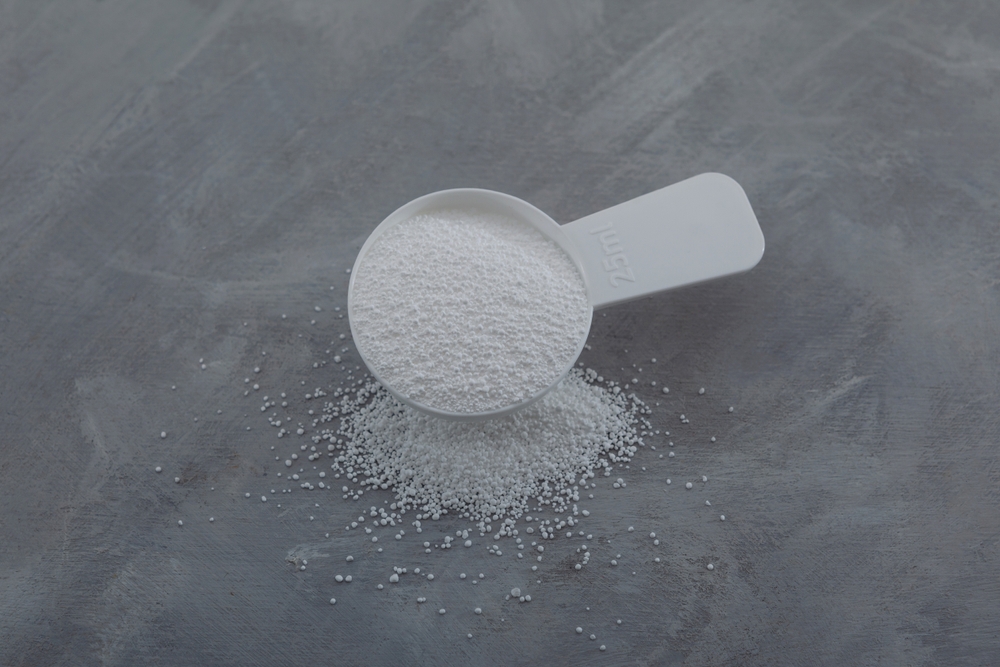
Oxygen-based cleaners, such as those containing sodium percarbonate or hydrogen peroxide, release oxygen during cleaning. When combined with acids like vinegar or lemon juice, they can become unstable. The reaction may cause bubbling or foaming, which can create pressure if stored in a closed space. These reactions are not usually dangerous but can damage surfaces or reduce cleaning effectiveness. For best results, avoid mixing oxygen cleaners with acidic products, and use them on separate surfaces or at different times.
How to Clean Safely
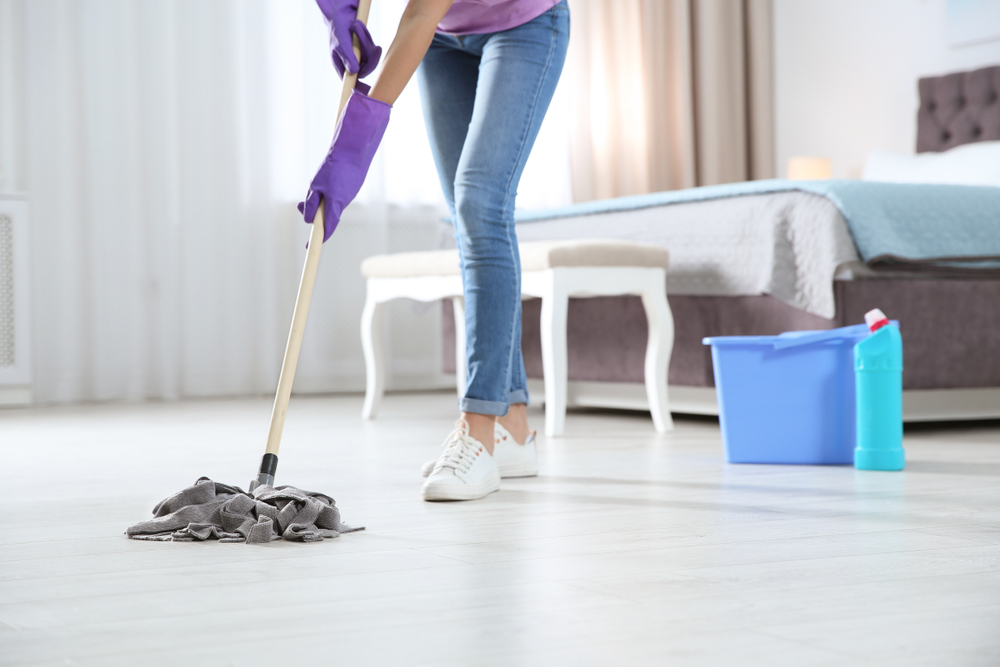
The best way to clean safely is to read product labels and avoid guessing what might work together. Cleaning products are designed for specific purposes and should be used as instructed. Always ventilate the area you are working in and wear gloves when handling harsh chemicals. If you are unsure about a product combination, err on the side of caution and use only one cleaner at a time. After cleaning, rinse surfaces thoroughly before applying a new product.
What to Do If You Mix Something Dangerous
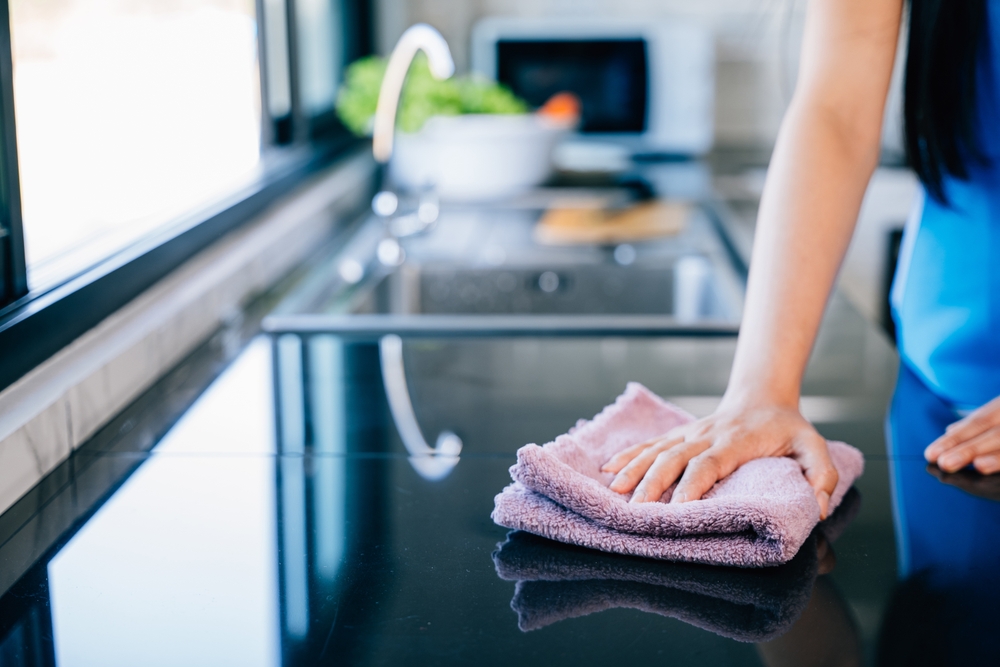
If you accidentally mix dangerous cleaning products and start to smell strong fumes or experience irritation, stop cleaning immediately. Leave the area and get fresh air. Open windows and turn on fans if possible. Do not attempt to neutralize the reaction with more chemicals. If symptoms such as coughing, difficulty breathing, or eye burning occur, seek medical help right away. Call your local poison control center for guidance on how to proceed. Safety comes first, and reacting quickly can prevent serious harm.
Read More: 15 Budget Friendly Cleaning Products That Work Shockingly Well
Chemistry Matters in Cleaning
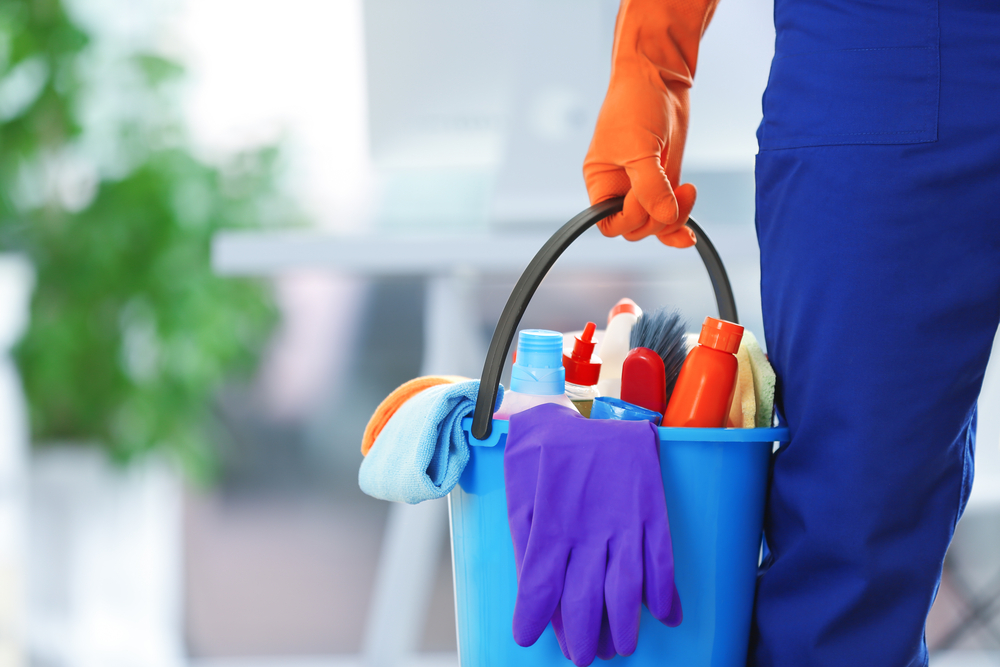
Mixing cleaning products might seem like a way to boost their power, but it often leads to harmful chemical reactions. Bleach combined with ammonia, vinegar, or alcohol can release dangerous gases. Hydrogen peroxide and vinegar form acids that are too strong for home use. Even everyday combinations like baking soda and vinegar can cause issues if misused. Understanding the science behind these reactions helps prevent accidents. Always read labels, avoid mixing different brands or types of products, and clean in well-ventilated areas. Smart cleaning means safe cleaning.
Disclaimer: This article was created with AI assistance and edited by a human for accuracy and clarity.
